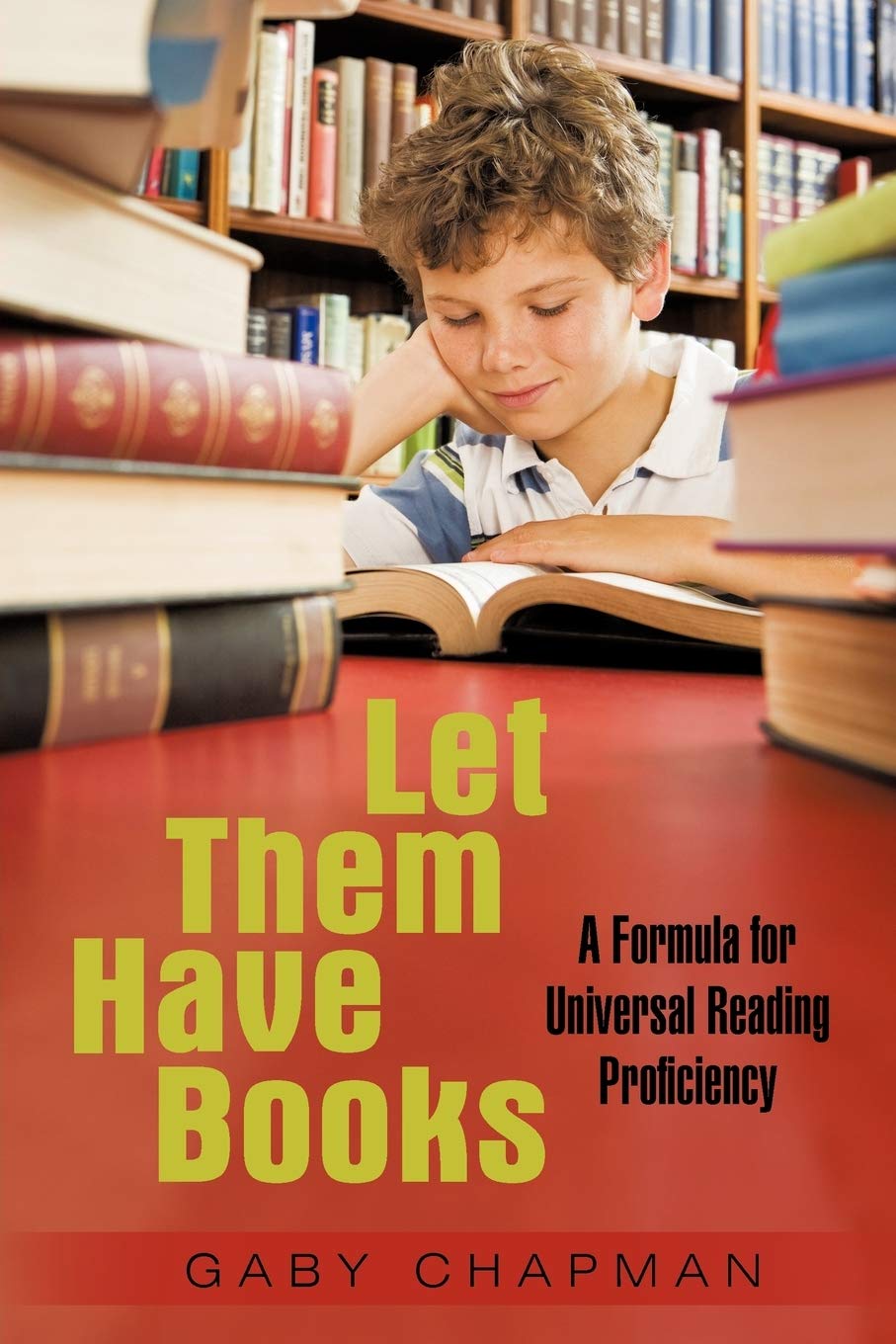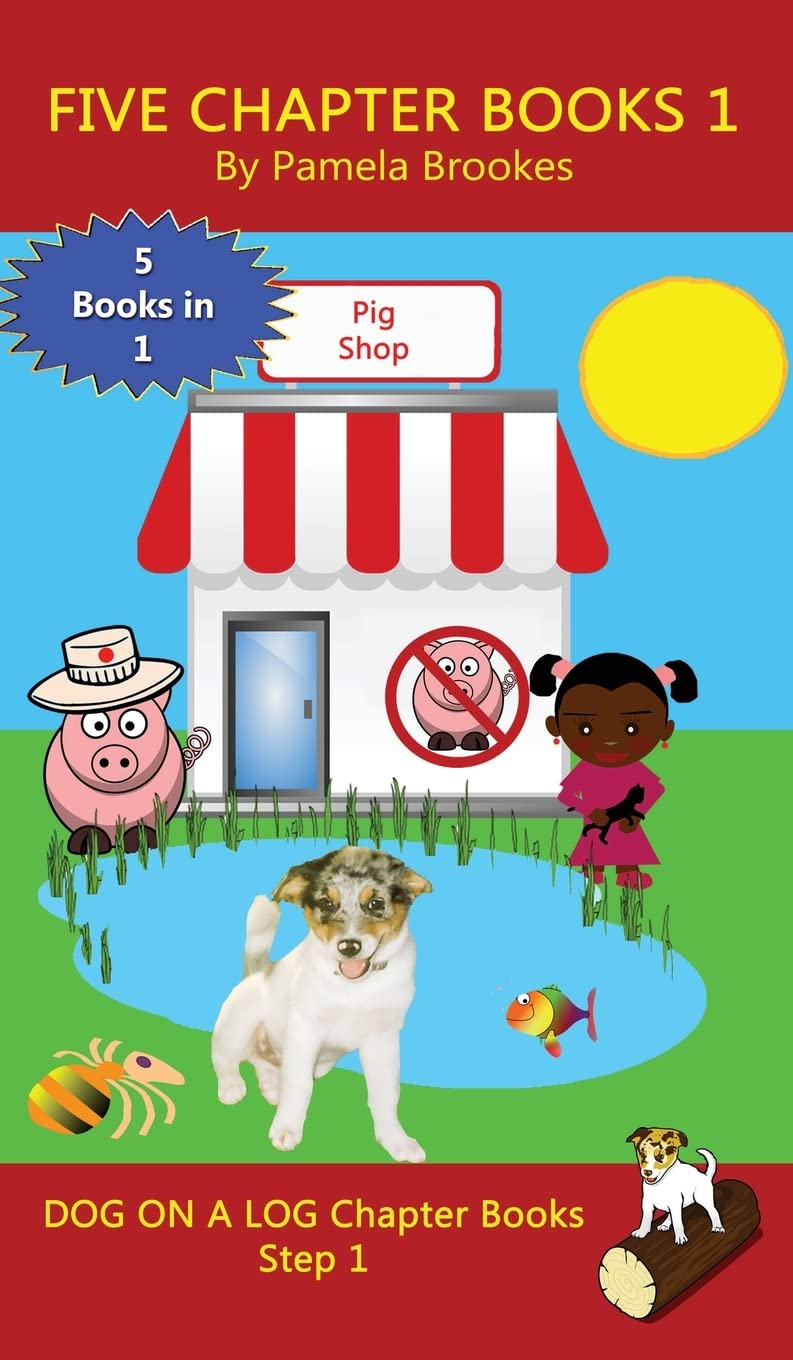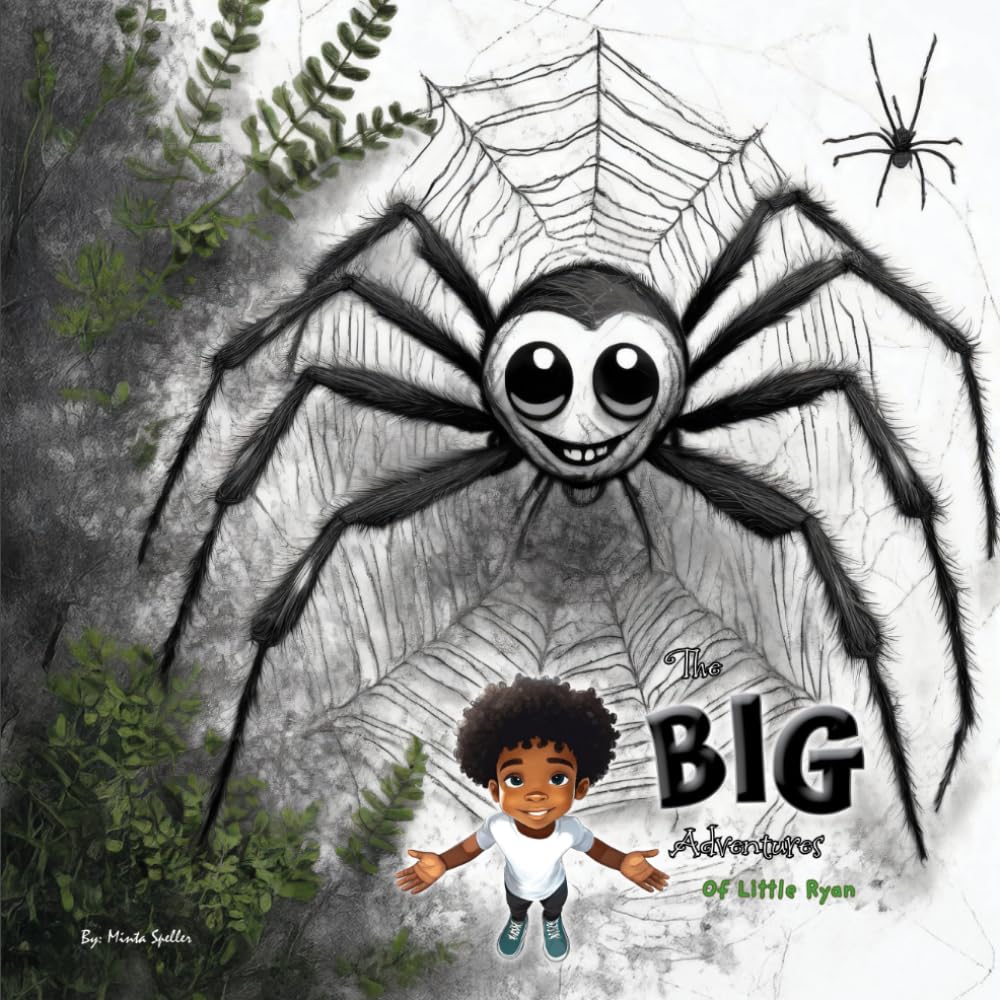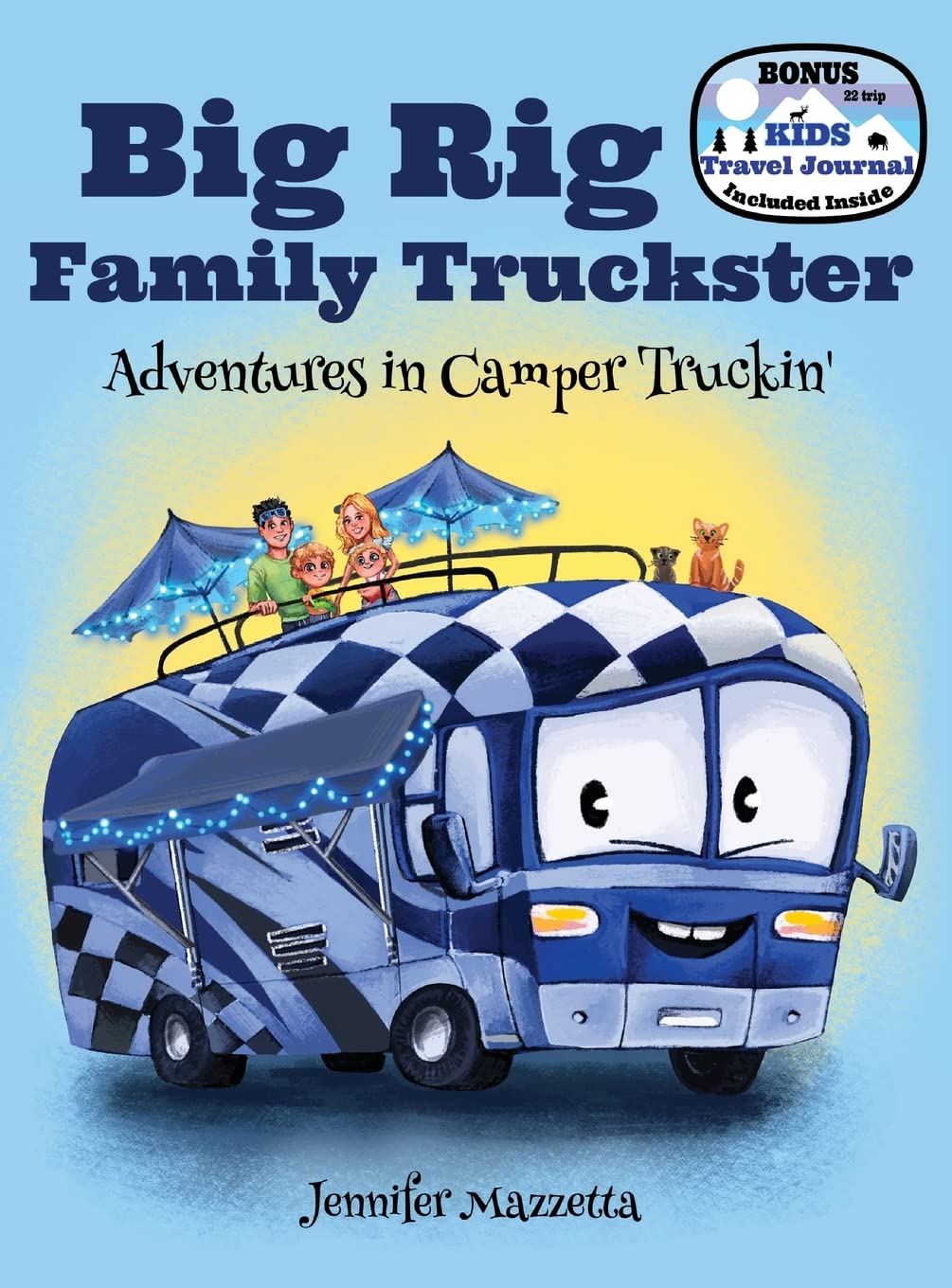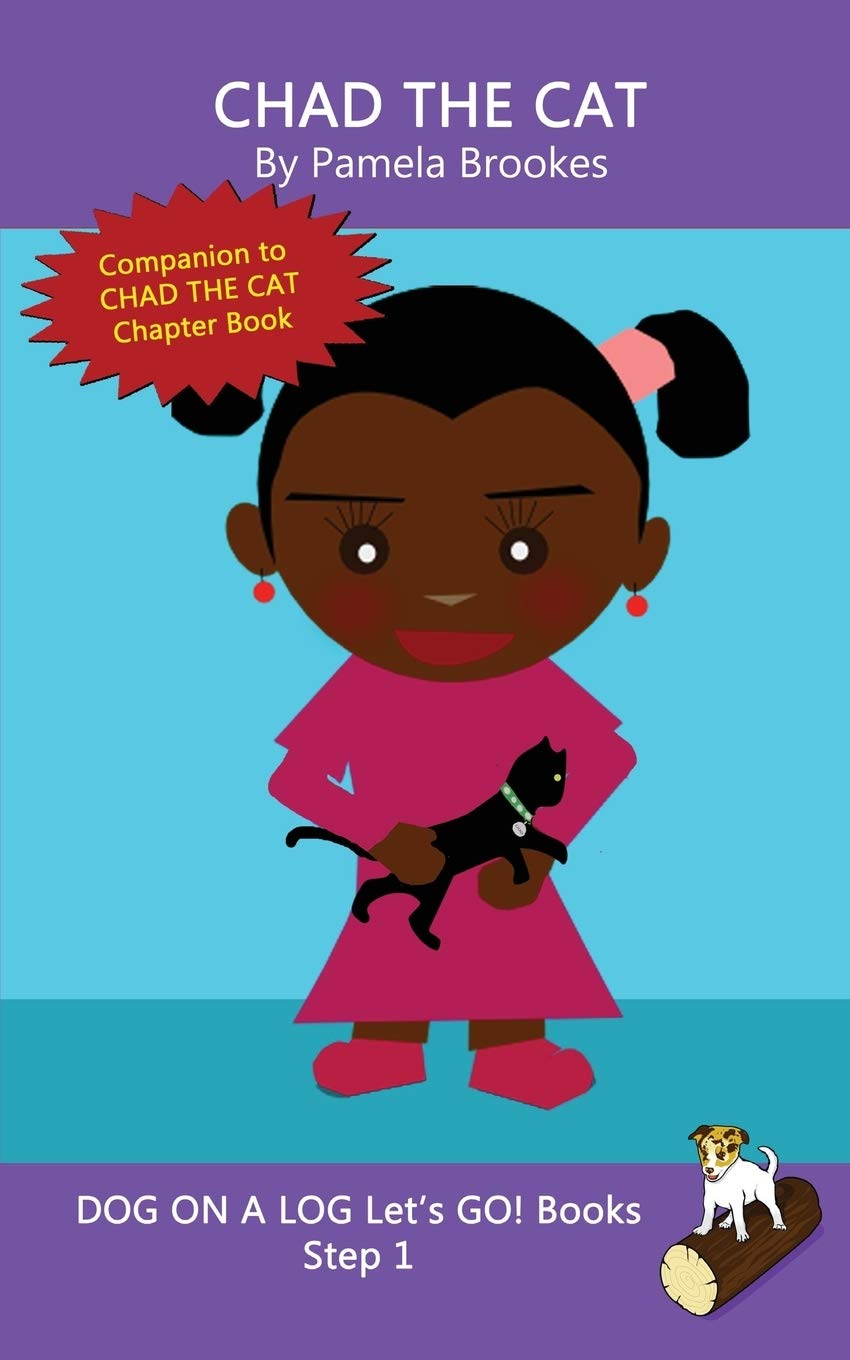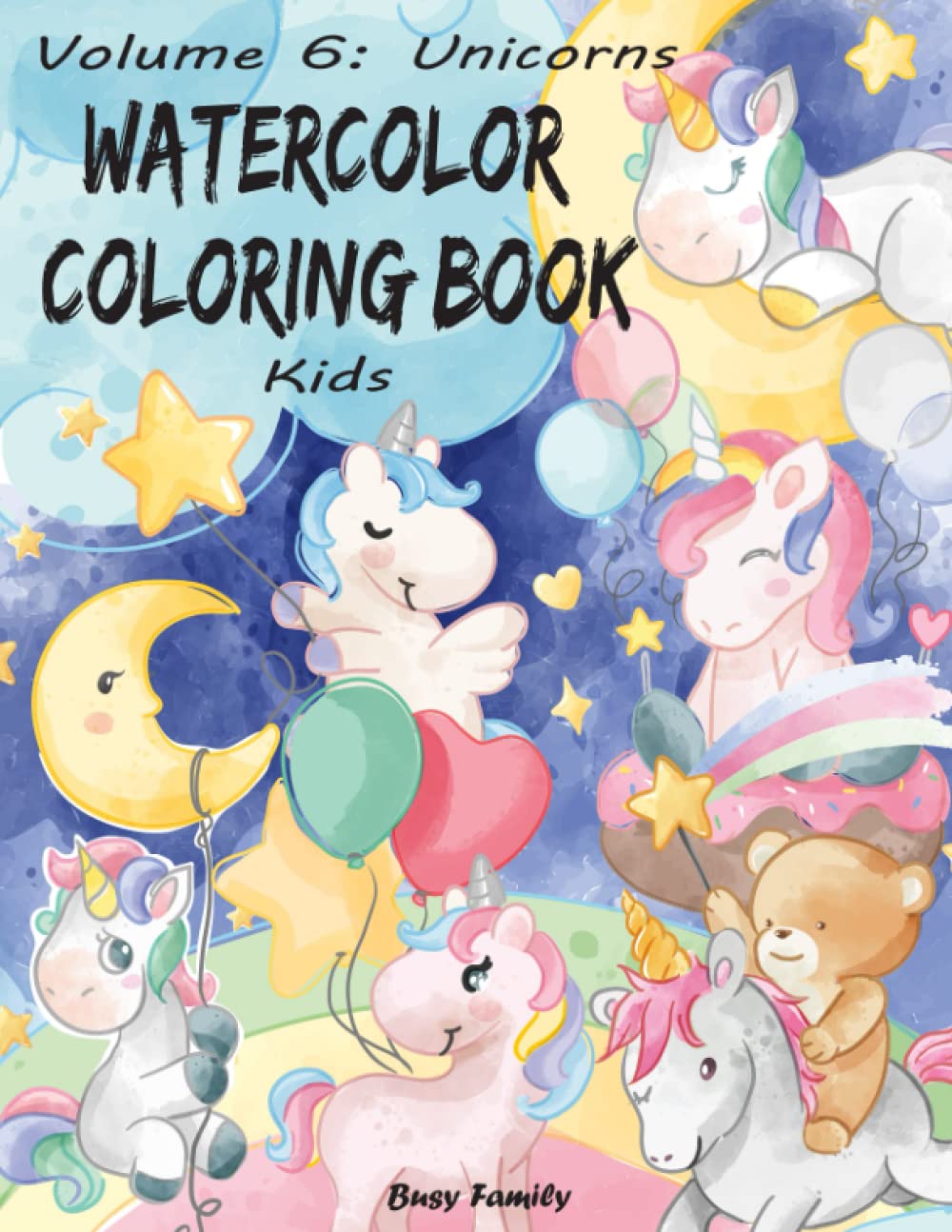Reading is the most important skill children can learn and provides a lifetime of benefits. But most children do not become proficient or lifelong readers. In Let Them Have Books , author Gaby Chapman offers a formula for delivering the gift of avid reading to every child. Using research and her experience as a teacher, Chapman presents a detailed discussion of the reading habits of children. She covers why children should read, why they don't, and what we can do to ensure that all children become enthusiastic readers. Let Them Have Books outlines a new model for reading education. This model recognizes that the process of learning to read begins at birth and that different brains learn to read in different ways. This reading education centers on creating a dynamic reading culture in schools, one that encourages students to choose the books they read and provides ample time in school to read them. About the Author: Gaby Chapman She retired from teaching in 2009 and lives in Southwest Colorado with her husband. She uses her website -gabysbooks.com/ to continue to recommend good books for teenagers. Gaby Chapman learned to question education norms from her uncle, acclaimed educator John Holt. As school board president in the 1970s, she oversaw construction of a school and developed one of California's first charter schools. She retired from teaching in 2009 and lives in Northern California with her husband. Let Them Have Books A Formula for Universal Reading Proficiency By Gaby Chapman iUniverse, Inc. Copyright © 2010 Gaby Chapman All right reserved. ISBN: 978-1-4502-5777-0 Contents Acknowledgments..............................................................................xiPreface......................................................................................xiiiPart One: Why Kids Should Read...............................................................1Chapter 1: Kids who read get a great deal from books.........................................3Chapter 2: Kids who read do well in school...................................................10Chapter 3: Kids who read become adults who read..............................................17Part Two: Why Kids Don't Read................................................................25Chapter 4: Some kids do not get the early literacy experience they need......................27Chapter 5: For some kids, learning to read is a struggle.....................................35Chapter 6: In school, many kids learn to hate to read........................................44Part Three: What Kids Need to Become Readers.................................................61Chapter 7: Kids need a full preliteracy experience...........................................63Chapter 8: Dyslexic kids need early recognition and targeted instruction.....................71Chapter 9: Kids need schools that foster a reading culture...................................80Appendix A: Books and Authors Mentioned......................................................93Appendix B: Further Resources Mentioned......................................................99Bibliography.................................................................................101Index........................................................................................111 Chapter One Kids Who Read Get a Great Deal from Books An eight-year-old sits in a chair with her knees drawn up, nearing the end of The Sisters Grim, Book 2 . She lifts her eyes from the page for a moment to gaze out her aunt's living room window. She is not looking out the window because she hears the joyful cries of the other children playing in the pool. Those eyes that gaze out the window are thinking eyes. With just a few pages left in her book, she has reached the resolution of the plot, and she is resolving in her own mind the sense of it. Olivia was swimming earlier, playing a diving game, competing to see who could retrieve the most plastic rings that had been dropped along the bottom of the pool. At various moments, amid the shrieks and the splashing and the glorious summer sun, the memory of where she last left the story drifted into her conscious mind. The distinct characters with their burdens, their motivations, and their interactions weighed in and felt familiar. At some point, the excitement of the game ebbed just enough, and the desire to know what was going to happen next drew her back inside to finish her book. Olivia will finish this book with a taste for more. When she goes home, her mother will have The Sisters Grim, Book 3 waiting for her. Olivia chooses the books she reads either from the library or from selections her mother makes available to her. She has already learned how to get the feel of a book by looking at the cover, reading the beginning, thumbing through the pages, and subconsciously matching up her own distinct intellectual quest with what she sees. All summer
